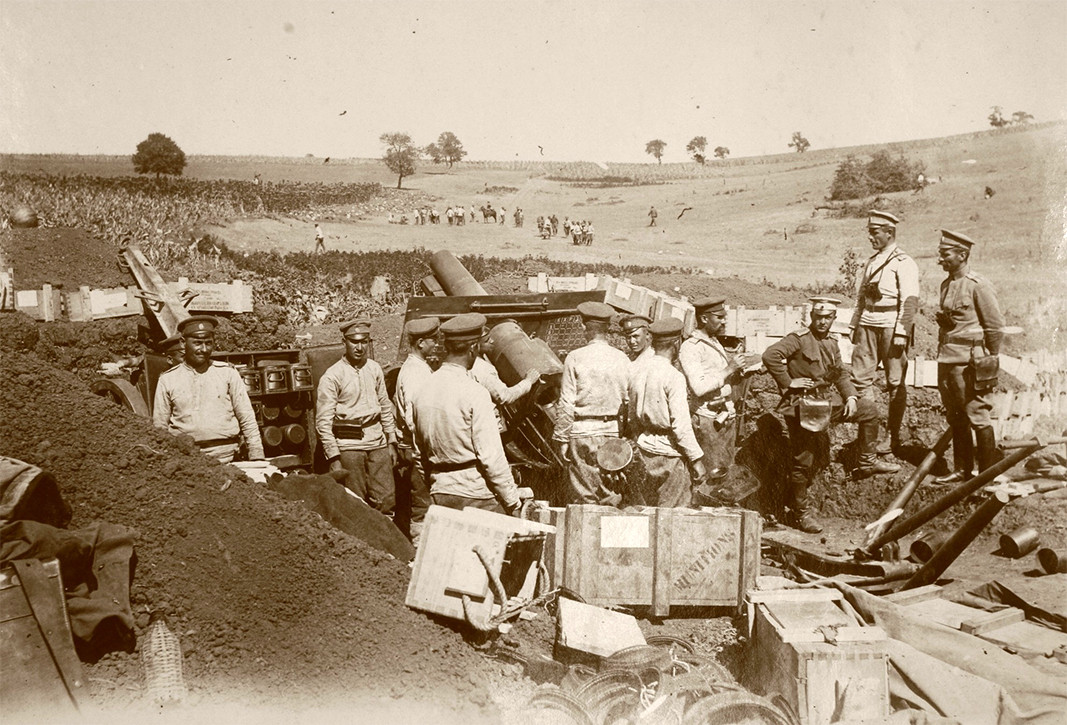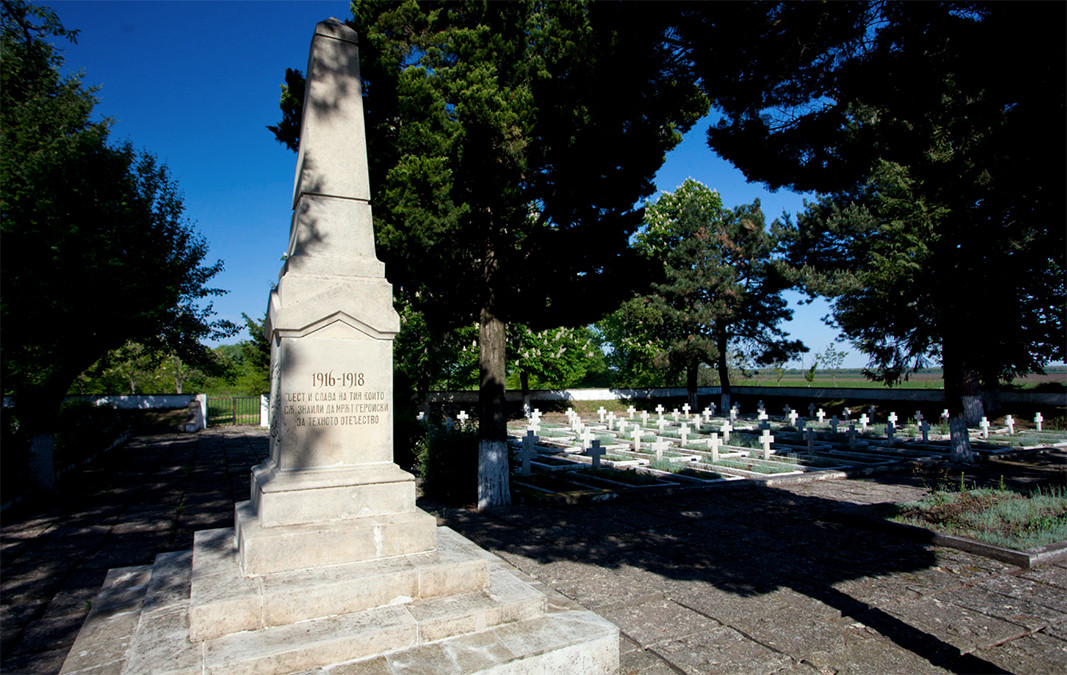 7
7
An innovative museum site opens its doors in the military cemetery near Tutrakan. The "Tutrakan Epopee - 1916" memorial is situated in a new museum-exhibition building. It includes a number of new technologies that immerse the visitor in the history of the Battle of Tutrakan from World War I in 1916. The information is presented through an exposition, a 3D map of the events and a talk by a tour guide, tailored to the age and knowledge of the audience.
The main core of the museum exhibition is an interactive diorama, where the visitor has the opportunity to experience the attack on the Tutrakan Fortress in 1916 as realistically as possible. The exposition is a 360-degree experience of the battlefield through virtual reality and exhibits from the battle.
The museum presents the events in Dobrudzha not as an isolated episode, but in the context of world events. There are plans for organizing extracurricular lessons here for students from all over the country with interactive activities, puzzles and games.
The memorial at the military cemetery was created immediately after the epic battles for the capture of the Tutrakan Fortress on September 5 and 6, 1916, recalls the Tutrakan Historical Museum. It is located 10 km south of the Danubian city of Tutrakan, as one of the fortified points of the Tutrakan Fortress - Fort No. 6 - was used.

Historians define the Tutrakan Battle as one of the peaks of Bulgarian military glory.
The History
After the Second Balkan War at the beginning of the 20th century and the Treaty of Bucharest signed on June 28, 1913, Bulgaria lost Southern Dobrudzha to Romania and the border was shifted south of the Danube River, along the Tutrakan-Balchik axis. Very soon, however, another military conflict was brewing on the continent - World War I (1914-1918). Both warring blocs were making attempts to attract Bulgaria to their side, offering it various solutions to recover the territorial losses.
In an attempt to unite its ethnic territories, Bulgaria joined the Central Powers (Germany, Austria-Hungary and the Ottoman Empire).
Romania entered the war in August 1916 on the side of the Entente (France, Russian Empire, Great Britain, Serbia, USA and other countries). On the banks of the Danube, 136 companies, 135 battalions and 24 squadrons were stationed to oppose Bulgaria. The Third Army, led by Bulgarian Gen. Stefan Toshev stood against them with half as many forces – 63 companies, 55 battalions and 24 squadrons. The Bulgarian forces decided to advance and liberate Dobrudzha, with the plan providing for the immediate capture of the Tutrakan and Silistra fortresses. Despite the unequal number of forces, the fighting spirit of the Bulgarian soldiers was unbreakable in the pursuit of liberation of the native land. The attack on the heavily fortified Tutrakan Fortress began on the morning of September 5, and after 36 hours of decisive fighting, Bulgaria won one of its greatest victories of the war.

After the Tutrakan Fortress was captured on September 6, 1916, by order of the commander of the 3rd Army, Gen. Toshev, the entire population of the city and the surrounding villages spent days burying the thousands of Bulgarians, Romanians and Germans in graves near the fortress forts. Wooden crosses were placed at individual grave sites and the names of known fallen fighters were inscribed. At the initiative of the Tutrakan Charity Committee, a "Brotherhood Mound" was erected.

The Memorial
In 1922, the local population erected a memorial obelisk next to the cemetery, on which the words: "Honor and glory to those who knew how to die heroically for their fatherland" were written in four languages - Bulgarian, Romanian, German and Ottoman Turkish.

After the return of Southern Dobrudzha to Bulgaria with the Treaty of Craiova of September 7, 1940, and during the years of socialism, the military cemetery continued to be a place of worship to the memory of the victims of the Battle of Tutrakan. After 1989, restorations and improvements were carried out at the site, which became the "Military Tomb - 1916" memorial.
Starting today, April 18, visitors can relive the heroic historical events in the memorial's new museum-exhibition building.
Compiled by: Vladimir Mitev
Publication in English: Alexander Markov
Municipality of Tutrakan, Historical Museum Tutrakan, arheget.org
The newest exhibition at the National Museum of Military History in Sofia, 'War and the Creatives: A Journey Through Darkness' opens today, offering free entry as a gesture to those who were unable to visit during the recent renovations. Rather than..
A 5,000-year-long history lies hidden in the ruins of the medieval fortress “Ryahovets” near the town of Gorna Oryahovitsa where active excavations began ten years ago. On this occasion, on November 17, the Historical Museum in Gorna Oryahovitsa..
Just days ago, archaeologists uncovered part of the complex underground infrastructure that once served the Roman baths of Ratiaria - one of the most important ancient cities in Bulgaria’s northwest. Founded in the 1st century in the area of..

+359 2 9336 661
